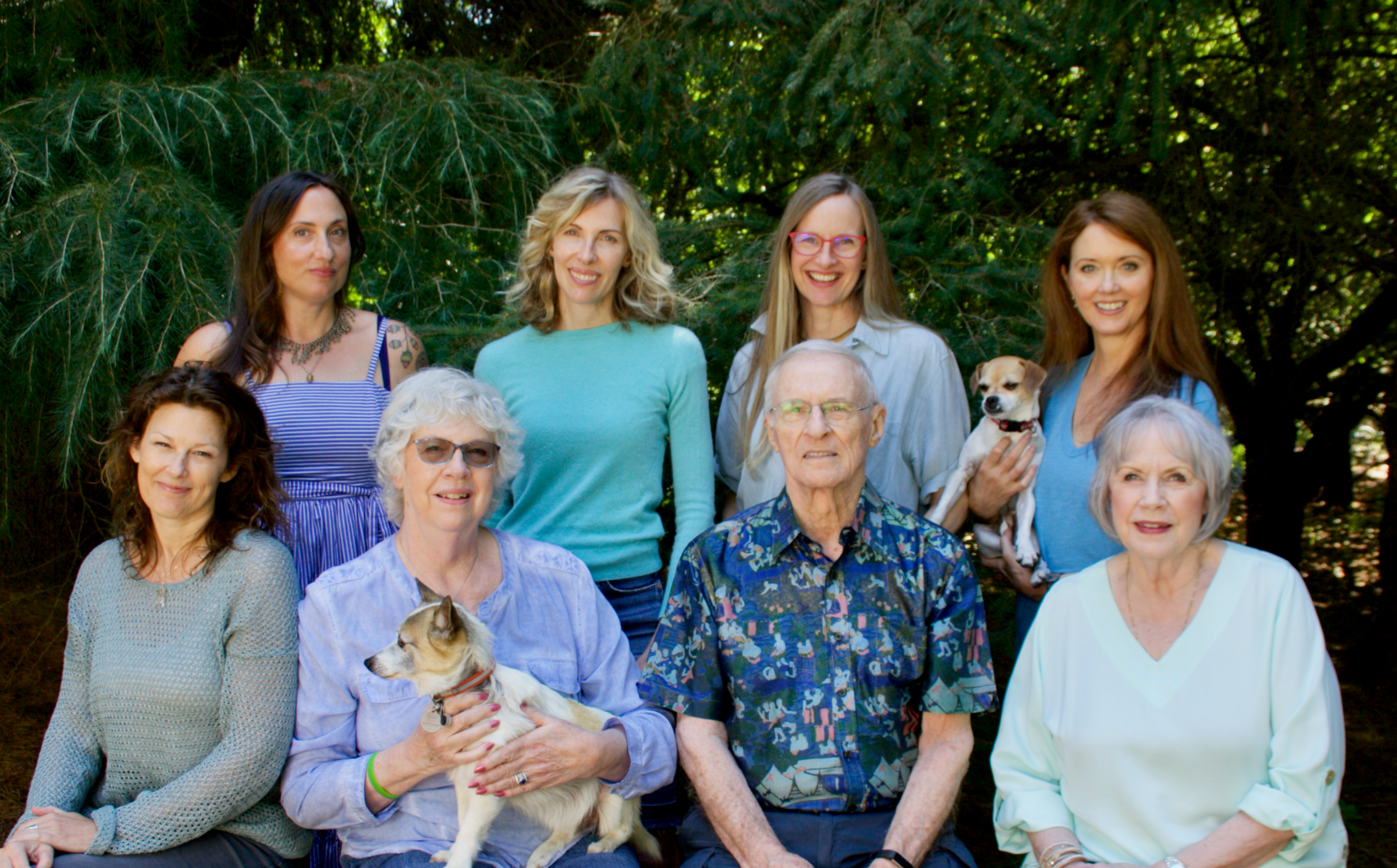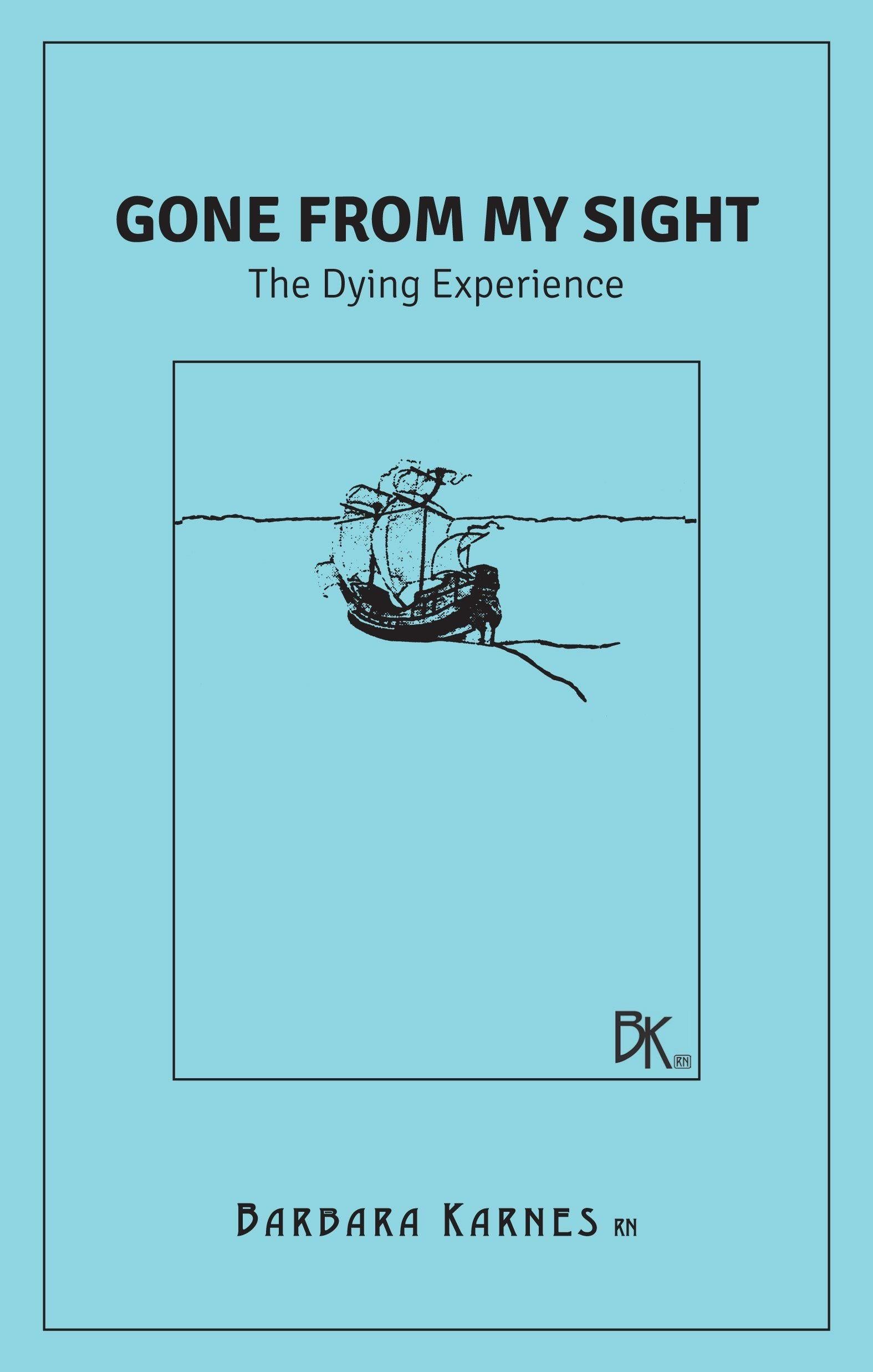QUESTION: Please expound upon the "Labor of Dying" mentioned in this blog.
Dying from disease and old age has a process to it. That process begins two to four months before death occurs. The process progresses on a continuum. I detail these early sign posts in Gone From My Sight: The Dying Experience.
One to three weeks before death from disease, longer in old age, there is a new set of changes. The person’s appearance changes from looking sick and frail to actually looking like they are dying. I refer to this time as “labor”.
We go through labor to enter this world and I think we go through labor to leave this world. Most of us don’t understand this shift, may even be frightened of it.
What does “labor” look like? The person is sleeping with their eyes partially open, as well as their mouth open and puffing. They may start and stop breathing for long periods of time. There are agitated arm movements, picking the air or bed clothes, a restlessness of just not being settled. They are often confused, talking to and about things we can’t see or hear. Congestion in the lungs will come and go depending on how hydrated or dehydrated the person is (The more hydrated, the more congestion). They begin peeing or pooping in the bed because they are really not in touch with their body or environment. They are sometimes responsive and other times not. They are not totally connected to the physical plane.
The body is shutting down. It is preparing to let go so physically nothing it is doing appears normal. When we don’t understand the process we, the watchers, become frightened. We think something bad, pathological, is happening when really this is the normal way people, even animals, die.
Dying is not painful. It looks painful to us watchers but to the person dying their body feels heavy, tired and achy. They are already so removed from their physical body, this time and space, that they are not experiencing their body in the way they would if they weren’t actually dying.
Disease causes pain. This is very important to know. If the disease history is one where pain was an issue then even if the person is non responsive pain medicine needs to be continued. If pain was not an issue during the disease process then just because the person is in the labor of dying does not mean pain is now present. Morphine as a narcotic can be helpful when breathing becomes difficult but is not an across the board comfort measure.
Labor continues up to the moment of death, or to continue the analogy, birth into the other world.
There are changes in the labor pattern that indicate hours to minutes before death. The blood pressure begins to fall, the hands, feet and knees have purplish, dark patches on them, the body feels cool and breathing is slower. There is continued non responsiveness even while moving and murmuring. The eyes are still partially open and, most significant of all, the breathing and mouth movements gape open and closed. Just picture how a fish breaths. Breathing continues to get slower and slower until there are no more breaths. Labor has finished.
Again, see Gone From My Sight for a more detailed description of the signs of approaching death from months before to the moment of death.
Something more...
Nurses, clergy, and hospices have told me that in addition to sharing Gone From My Sight with friends and families of those going through the dying process, they are sharing my short film, New Rules for End of Life Care. The film has helped to reduce fear with these caregivers. Sometimes they watch the film (25 minutes long) a number of times throughout the process. Could New Rules help you or someone you know who needs support?







